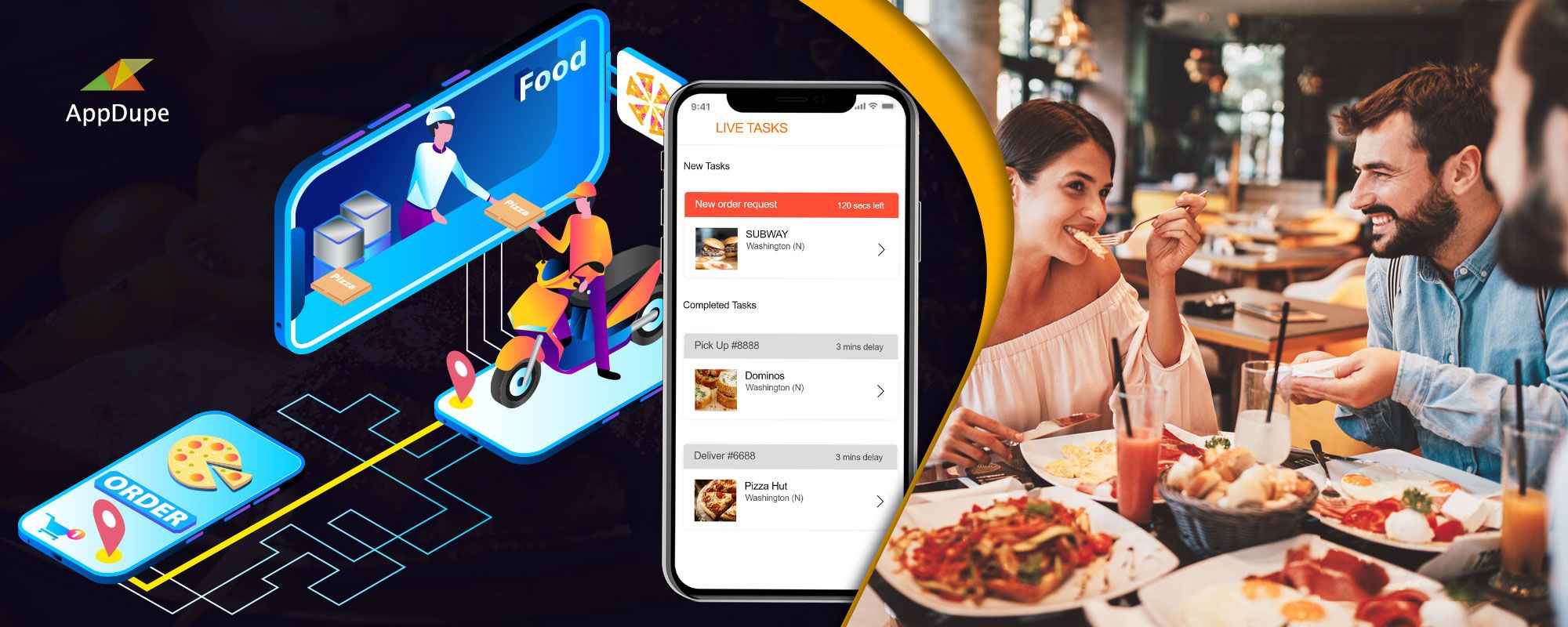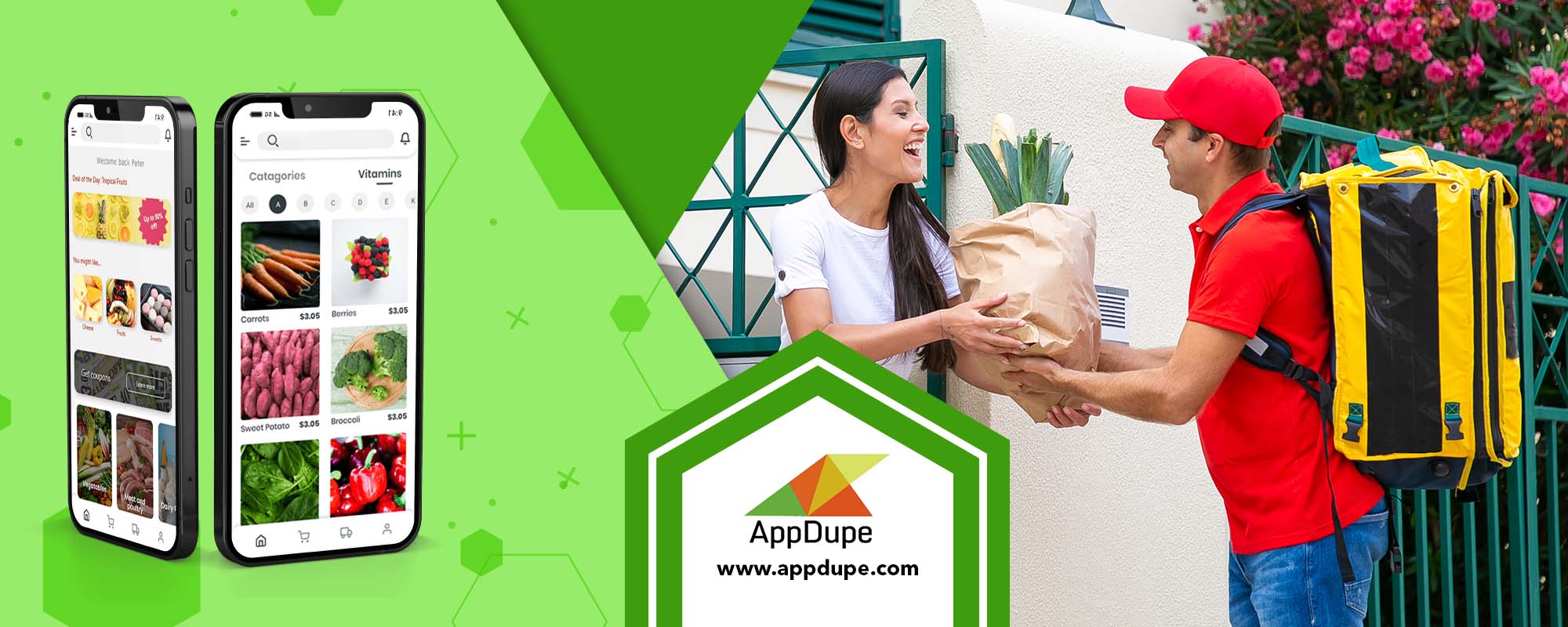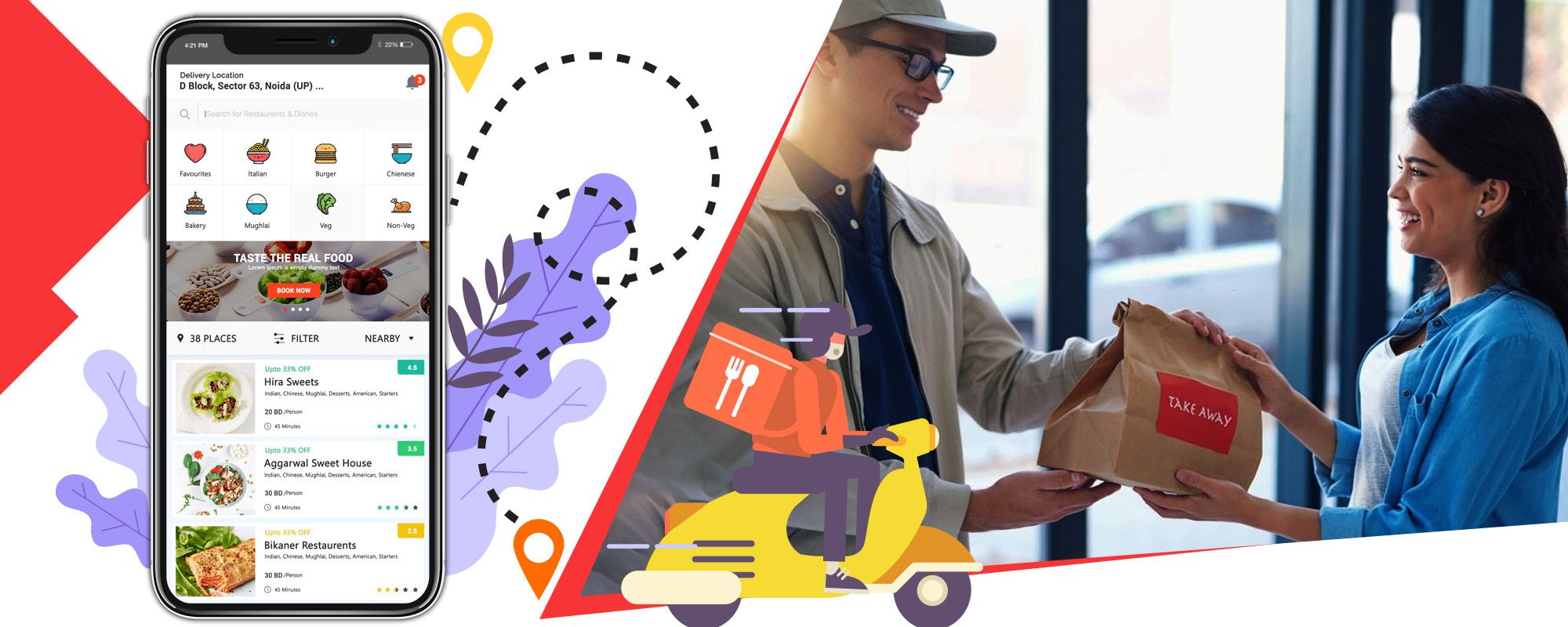Software Suite For Cloud Kitchens: Manage all your Restaurant Activities in Real-time
Author Delivery App Development, Food Delivery App Development, Software Suite For Cloud Kitchens, Technology
Software has eaten up the whole world and that includes cloud kitchens in a big way. Cloud kitchens are small commercial spaces that offer instant ordering and home delivery of food. There are no dine-in facilities in a Cloud kitchen.
Hence, the investment is minimum with the potential to generate huge returns in a short time. It also saves a lot of money as there is no dependence on any third-party aggregators.
There are various types of cloud kitchens like a Hub and Spoke model based on a centralized kitchen, a Pod kitchen where small containers will be used, Aggregator kitchens owned by third-parties, fully outsourced kitchens, and independent kitchens functioning fully online.
The global market for cloud kitchens is set to rise to a whopping $71.4 billion by 2027. More revenue will be earned in the North American region while the Asia-Pacific market will get the maximum growth at 20% per year in the number of new cloud kitchens being set up.
Cloud kitchen software is already being used extensively by food delivery platforms like Swiggy and Zomato, and table reservation platforms like Dineout.
The newest developments in Cloud kitchens
- Kitch, a delivery-only cloud kitchen – launched its operations in the UAE recently. It has already raised $15 million in the capital. Kitch’s future plans include setting up 4 kitchens in Riyadh and expanding to 15 kitchens in the Gulf Cooperation Council (GCC) by 2021.
- Kitopi which labels itself as a managed cloud kitchen – commenced operations in Jeddah, Saudi Arabia, and plans to open three more kitchens in Jeddah by the end of the third quarter of 2021. Kitopi has worked with more than 200 brands and runs 60 cloud kitchens supported by 1200 employees.
- JustKitchen – which assists delivery-only restaurants and the leading food brands plan to expand its cloud kitchen operations to the USA, Hong Kong, and Singapore in 2021. It manages 14 restaurant brands currently in Taiwan. High food quality is maintained through centralized order management and adopting the best standards for packaging and branding.
What does a Software Suite For Cloud Kitchens imply?
- It boosts the profits for a cloud kitchen by managing the daily business operations efficiently.
- Adequate flexibility is ensured as the software works both online and offline seamlessly.
- All the data stored on the software is end-to-end encrypted completely safeguarding against hacking and phishing attacks.
- 24×7 technical support is available in numerous languages to resolve all issues amicably.
The notable features of Cloud Kitchen Software are
- A central dashboard – is available for the glitch-free taking of new orders from customers. The staff at the kitchen will be instantly alerted once an order has been placed by the users. Deliveries can be given first priority.
- Real-time inventory management – Stocks of all the ingredients can be tracked instantly. Orders can be placed for those ingredients that are having a shortage. Alerts will be sent immediately for reordering. It also assists in preventing thefts and wastage.
- Access to advanced reports – The performance of the business operations can be enhanced through the availability of analytical reports related to sales, revenue, profits, discounts, bills, and expenses. Graphs and charts will help to know the increasing and decreasing trends and make better decisions for the future.
- Integration with the POS system – The Point of Sale (POS) system can be seamlessly synced with the Cloud kitchen software. It can contain details like the minimum and maximum time that can be spent for preparing each dish, the deadline to deliver it to the customer, and the highly-demanded food items from the users.
- Efficient third-party API integration – The functioning of the software suite for Cloud kitchens can be enhanced by supporting various business tasks like order taking, payment processing, maintenance of accounts, and the implementation of loyalty programs for the customers.
- Acceptance of multiple payment methods – It can accept numerous payment methods like debit cards, credit cards, digital wallets, online bank transfers, wire transfers, and cash.
- Streamlining of vendor management – Different vendors who supply various ingredients to the cloud kitchen can be closely monitored. Automated purchase orders can be sent to them to reduce the efforts involved in manual billing.
- Support for aggressive marketing campaigns – Marketing campaigns can be easily executed across various communication channels by converting a one-time visitor of the kitchen to a regular guest. Promotional messages can be shared quickly on social media networks, emails, SMS, and instant messaging apps like WhatsApp and Telegram. The target audience can be increased through strategic and crafty communication.
Reach out to our developer team now
Some key aspects to consider before acquiring a Software Suite For Cloud Kitchen
- Check if it can be integrated with food ordering platforms – like Swiggy, Zomato, Foodpanda, and Uber Eats. These food delivery apps get a high volume of orders every day with a tremendous user base. This helps in the easy scalability of the business of the cloud kitchen in the future.
- There must be adequate freedom for the cloud kitchen – to change the prices and items of the menu if it can be synced with restaurant aggregator platforms like Zomato and Swiggy. All the latest updates in the menu must be instantly reflected on the aggregators’ platform to ensure favourable business.
- Focus on how the orders can be processed – like through a website or app. Loyal customers will be easily attracted if an independent brand has been formed rather than being just listed on an aggregator. So many restaurants are listed on an aggregator and it is difficult to stand unique from the competition.
- Integration with inventory levels – is crucial for better management of dishes and daily production of food. Since the ordering of food will mostly be done online for a cloud kitchen, real-time inventory management is essential to not lose out on any order from a customer.
- Support for efficient CRM – Customer relationship management (CRM) is critical for growing the operations of a cloud kitchen. Positive feedback about the kitchen’s brand, services, and food is needed. CRM covers various aspects like customer engagement, satisfying the customers, and retention of existing customers.
The latest trends witnessed in Cloud Kitchen Softwares
- The entry of big players – The market has already seen some well-known names like Starbucks, Uber Eats, Rebel Foods (owner of Faasos and OvenStory) entering the cloud kitchen space. They want to strengthen their business as they look to set up a hybrid model containing a mix of home delivery and dine-in.
- Automation – Digitization has taken a massive leap post the onslaught of Covid-19. It includes contactless ordering, QR code scanning, the acceptance of online payments, usage of the Internet of Things where all appliances of the cloud kitchen will be interconnected, and use of robots, and drones for food delivery.
- Flexible changes in recipes – Menus are being created by cloud kitchens exclusively for delivery. The food can also be easily consumed by the users during transit.
- Usage of data analytics – Valuable information like the frequent timing of the order, the average size of an order, location, and ingredients used to make food can be known beforehand for optimizing the business potential of a cloud kitchen.
Restaurants looking to reduce their overhead costs to a great extent can make use of a software suite for cloud kitchens. It increases profitability by setting up a robust technical infrastructure and growing the chances of future expansion. Get tailor-made Cloud kitchen software now to stay ahead of the competitors comfortably.
Get in touch with our experts

Marketing is my soul mate and writing is my side kick. Using my writing skills to share the knowledge of app development and upcoming technologies.








